In recent years, Pilates has risen to prominence as an exceptional workout regimen, with an emphasis on improving flexibility and strength. Often highlighted in fitness conversations, this discipline offers a scientifically-backed approach to enhancing bodily functions while simultaneously fostering mental well-being. Whether you’re a seasoned athlete or new to exercise, understanding the science behind Pilates can transform how you view fitness. In this blog post, we’ll unravel the essence of Pilates and explore how its principles can significantly improve flexibility and strength.
Benefits of Pilates
| Benefit | Description |
|---|---|
| 💪 Strengthens Core | Engages deep abdominal muscles for stability and balance. |
| 🧘 Improves Flexibility | Controlled stretches enhance muscle elasticity and joint mobility. |
| 🏋️ Promotes Better Posture | Reduces the risk of injury by aligning the body properly. |
| 🧠 Encourages Mindfulness | Increases body awareness, reducing stress effectively. |
| 🏃♂️ Adaptable Workouts | Suitable for all fitness levels, offering diverse health benefits. |
When it comes to holistic fitness, Pilates stands out for its unique combination of enhancing core strength and stability, improving flexibility, and promoting mindful movement. At its core, Pilates engages and strengthens deep abdominal muscles, creating the foundational support needed for stability. By emphasizing controlled movements and precise techniques, Pilates practitioners benefit from improved posture and alignment, reducing the risk of injury and chronic pain.
During a Pilates session, the entire body is engaged, focusing particularly on enhancing the range of motion through controlled, purposeful stretching. This not only boosts physical versatility but also fosters better body awareness and mindfulness. The mindful aspect of Pilates significantly contributes to stress reduction and mental wellness. Moreover, Pilates offers a low-impact, adaptable workout suitable for various fitness levels and goals, making it accessible and beneficial for everyone, regardless of age or physical condition.
– Strengthens Core Muscles: Engages deep abdominal muscles for stability and balance.
– Improves Flexibility: Controlled stretches enhance muscle elasticity and joint mobility.
– Promotes Better Posture: Reduces the risk of injury by aligning the body properly.
– Encourages Mindfulness: Increases body awareness, reducing stress effectively.
– Adaptable Workouts: Suitable for all fitness levels, offering diverse health benefits.
As you engage regularly with Pilates, you’ll likely notice significant improvements in how you move and how your body feels, translating to better functionality in daily life activities.
Pain Relief
| Benefit | Description |
|---|---|
| 🤲 Gentle Stretching | Improves joint mobility, easing pain. |
| 💀 Spinal Support | Core exercises reduce back pain and enhance alignment. |
| 💪 Balanced Muscles | Prevents tension and future injuries through balanced muscle engagement. |
| 👣 Low-Impact Movements | Safe for chronic pain management. |
| 🌬 Breathing Techniques | Encourages relaxation and effective pain management. |
Pilates is a boon for those seeking pain relief, primarily due to its emphasis on flexibility and core strength. Through gentle movements and stretches, Pilates enhances joint mobility, leading to a decreased perception of pain and a broader range of motion. The core strengthening aspect is especially beneficial for the spine, reducing back pain and improving posture alignment.
Pilates places a premium on muscle balance and body awareness, which play pivotal roles in alleviating tension and preventing injury. The exercises are designed to be low-impact, making them effective forms of pain management without stressing the body. Additionally, the incorporation of breathing techniques in Pilates promotes relaxation, aiding in pain management and overall well-being.
– Gentle Stretching: Improves joint mobility, easing pain.
– Spinal Support: Core exercises reduce back pain and enhance alignment.
– Balanced Muscles: Prevents tension and future injuries through balanced muscle engagement.
– Low-Impact Movements: Safe for chronic pain management.
– Breathing Techniques: Encourages relaxation and effective pain management.
For individuals living with chronic pain, Pilates offers relief and improved quality of life, making it an invaluable addition to any wellness routine.
Core Strength
| Benefit | Description |
|---|---|
| 🏋️♀️ Improves Balance | Builds a strong foundation for stability. |
| 🛡️ Prevents Injuries | Reduces the risk of injury with enhanced core support. |
| 🏃♀️ Controlled Movements | Allows for efficient and controlled body dynamics. |
| 🔋 Heightens Resilience | Increases overall body endurance and fitness. |
| 🧘♂️ Effective Engagement | Deep abdominal muscle focus maximizes core potential. |
Pilates places a significant emphasis on core strength, which is vital for balance and stability during all physical activities. By targeting deep abdominal muscles, Pilates helps develop a robust core foundation, which is crucial for maintaining posture and preventing injuries. This core strengthening not only boosts stability but also allows for more controlled, efficient movement throughout the body.
A fortified core supports greater flexibility, permitting ease and control when stretching or extending various body parts. As a result, you experience improved overall body resilience, endurance, and heightened fitness levels. Pilates exercises are meticulously designed to target these areas, ensuring comprehensive engagement for maximal core strengthening benefits.
– Improves Balance: Builds a strong foundation for stability.
– Prevents Injuries: Reduces the risk of injury with enhanced core support.
– Controlled Movements: Allows for efficient and controlled body dynamics.
– Heightens Resilience: Increases overall body endurance and fitness.
– Effective Engagement: Deep abdominal muscle focus maximizes core potential.
By continuing Pilates practice, you cultivate a stronger core that supports every aspect of your physical lifestyle, from daily activities to intense training sessions.
Posture
Improving posture is one of the standout benefits of Pilates, and it’s achieved through the meticulous strengthening of core muscles that support the spine. Regular Pilates sessions boost body awareness, which is key to maintaining proper alignment not only during exercises but also in daily activities.
Pilates exercises work on balancing muscle groups, which helps reduce tension and prevent injuries that arise from poor posture. Its low-impact nature allows individuals of all fitness levels to safely correct posture. Improvements in posture from Pilates also lead to enhanced breathing, better circulation, and reduced back pain.
– Core Stability: Strengthens core muscles supporting the spine.
– Body Awareness: Helps maintain proper alignment in everyday tasks.
– Muscle Balance: Reduces tension and prevents injury due to poor posture.
– Safe for All Levels: Low-impact exercises are suitable for everyone.
– Overall Well-being: Improved posture enhances breathing, circulation, and alleviates back pain.
With consistent practice, your posture will improve, drawing you closer to achieving your best physical stance, enhancing overall well-being and gracefulness.
Flexibility
| Benefit | Description |
|---|---|
| 🧘♀️ Elastic Muscles | Controlled movements improve muscle elasticity. |
| 🦵 Joint Mobility | Increases the range of motion for better posture. |
| 💪 Balanced Flexibility | Workouts target varied muscle groups, improving overall muscle flexibility. |
| 📚 Scientific Backing | Studies support significant flexibility gains with regular Pilates practice. |
| 🌸 Mindful Movement | Reduces tension through conscious practice and movement. |
Enhancing flexibility is a cornerstone of Pilates, achieved through its focus on controlled movements and deliberate stretching. This practice increases muscle elasticity and joint mobility, contributing to overall improved flexibility. The consistent stretching and articulation of muscles during sessions lead to a greater range of motion, promoting better posture and alignment.
Targeting both major and minor muscle groups, Pilates creates balanced muscle flexibility, reducing stiffness and preventing imbalances. Scientific studies reveal that regular Pilates engagement shows marked improvements in muscular flexibility and strength. Practicing mindful movements further assists in relieving tension over time, harmonizing physical and mental states.
– Elastic Muscles: Controlled movements improve muscle elasticity.
– Joint Mobility: Increases the range of motion for better posture.
– Balanced Flexibility: Workouts target varied muscle groups.
– Scientific Backing: Studies support significant flexibility gains.
– Mindful Movement: Reduces tension through conscious practice.
You’ll notice how your body becomes more supple with regular practice, facilitating enhanced movement and performance in all physical activities.
Balance and Coordination
| Benefit | Description |
|---|---|
| ⚖️ Core Engagement | Strengthens muscles that support and stabilize the spine and pelvis. |
| 🧠 Movement Awareness | Enhances coordination by understanding body dynamics. |
| 🤖 Neuromuscular Connection | Integrative exercises improve communication between the brain and muscles. |
| 🧘 Proper Alignment | Encourages symmetrical muscle development. |
| 🌍 Universally Accessible | Suitable for all ages and fitness levels, ensuring improved balance and coordination |
Balance and coordination are enhanced in Pilates through continuous emphasis on core stability and precise movement practices. By engaging core muscles, Pilates strengthens the support system of the spine and pelvis, leading to improved balance. The focus extends to proprioceptive awareness, where understanding body positioning enhances overall coordination.
Incorporating integrated movements in Pilates routines often requires simultaneous coordination of various body parts, uplifting neuromuscular connections. Pilates emphasizes alignment, helping in the development of symmetrical and balanced muscular usage. This practice is beneficial for all age groups and fitness levels, ensuring improved balance and coordination as part of consistent engagement.
– Core Engagement: Strengthens muscles that support and stabilize.
– Movement Awareness: Enhances coordination by understanding body dynamics.
– Neuromuscular Connection: Integrative exercises improve communication.
– Proper Alignment: Encourages symmetrical muscle development.
– Universally Accessible: Suitable for all ages and fitness levels.
Regular Pilates not only boosts physical performance but also enriches everyday movement, fostering lifelong balance and harmony.
Body Awareness

Body awareness is integral to Pilates, connecting the mind with the body’s movement during exercises. The focus is on developing proprioception—the body’s ability to sense its position and movement in space. This heightened body awareness helps execute movements with precision, thus reducing the chance of injury.
Improved proprioception through Pilates enhances coordination and balance, which are essential components of strength and flexibility. Additionally, emphasizing body awareness in Pilates can increase mindfulness, offering benefits extending beyond physical fitness, promoting stress reduction and mental clarity.
– Mind-Body Connection: Enhances the conscious connection with body movements.
– Proprioceptive Development: Sharpens awareness of body position and movement.
– Precision and Safety: Reduces injury risk with exactness in movement.
– Coordination Boost: Improves balance and functional strength.
– Mindfulness Benefits: Reduces stress and enhances mental clarity.
Engaging in Pilates regularly will amplify your body awareness, enabling you to navigate your physical and emotional landscapes with greater control and understanding.
Breath Control
Breath control in Pilates is foundational for enhancing exercise concentration and precision. Proper breathing techniques improve oxygen flow, which optimizes muscle function and endurance. Breathing effectively aids in the activation of deep core muscles, thereby promoting better posture and stability.
By reducing stress and encouraging relaxation, controlled breathing boosts the overall effectiveness of workouts. Consistent practice of breath control in Pilates can significantly enhance both flexibility and strength over time.
– Enhanced Concentration: Focused on precise movement execution.
– Muscle Efficiency: Improves oxygen flow and endurance.
– Core Activation: Supports posture and stability through breath control.
– Stress Reduction: Promotes relaxation and optimal exercise efficiency.
– Comprehensive Improvement: Consistency leverages flexibility and strength gains.
Mastering breath control will bolster your Pilates practice, leading to profound physical transformation and a sense of calm confidence.
Mental Health and Well-being
| Benefit | Description |
|---|---|
| 🌙 Stress Reduction | Calms the mind through controlled movement and breathing techniques. |
| 💫 Self Esteem | Builds confidence with regular practice achievements. |
| 🧘♀️ Mindfulness Engagement | Boosts awareness of mental and physical states. |
| 🧘 Meditative Benefits | Encourages relaxation and mental clarity, fostering balance. |
| 🤗 Symptom Alleviation | Helps manage anxiety and depression effectively through regular engagement with Pilates. |
Pilates significantly benefits mental health by reducing stress and enhancing mood through its mindful movement and breathing techniques. Regular practice elevates well-being by creating a sense of accomplishment and boosting self-esteem. Pilate’s emphasis on the mind-body connection helps individuals focus and become more aware of their mental and physical states.
The meditative elements of Pilates foster relaxation and mental clarity, contributing to a balanced state of mind. Incorporating Pilates into daily routines can alleviate symptoms of anxiety and depression, providing a constructive outlet for tension and stress.
– Stress Reduction: Calms the mind through controlled movement and breathing.
– Self Esteem: Builds confidence with regular practice achievements.
– Mindfulness Engagement: Boosts awareness of mental and physical states.
– Meditative Benefits: Encourages relaxation and mental clarity.
– Symptom Alleviation: Helps manage anxiety and depression effectively.
Immerse in Pilates to cultivate both physical vitality and mental well-being, embracing an active, harmonious lifestyle.
What is the basic idea behind Pilates, and how does it differ from other exercise forms in improving flexibility and strength?
At its core, Pilates emphasizes controlled movements and body alignment, with a focus on enhancing core strength and stability. Unlike high-impact exercises, Pilates offers a low-impact, full-body workout that not only improves flexibility but also refines muscle tone. A key differentiator of Pilates is its incorporation of breath control and concentration, which enhances mind-body awareness and exercise precision.
The methodology of Pilates sets it apart from other forms of exercise by targeting deep stabilizing muscles, leading to improved posture and a reduced risk of injury. Through promoting balanced muscle development, Pilates addresses muscular imbalances and enhances functional strength, making it a comprehensive approach to fitness.
– Control and Alignment: Focuses on precise movement and body positioning.
– Full-Body Engagement: Improves overall muscle tone and flexibility.
– Mind-Body Connection: Enhances awareness and exercise control.
– Stabilizing Muscles: Targets deep muscles for posture and injury prevention.
– Balanced Development: Addresses muscle imbalances effectively.
Pilates stands out as a unique regimen that not only enhances physical strength and flexibility but enriches the overall fitness experience, promising sustainable health advancements.
How does Pilates scientifically contribute to improving both flexibility and strength in the body?

Pilates, through its disciplined focus on controlled movements and precise techniques, engages and strengthens both major and minor muscle groups, significantly enhancing muscular strength. The practice includes an extensive range of stretching exercises that facilitate muscle elongation and joint flexibility, resulting in a higher range of motion.
By fostering proprioception and neuromuscular coordination, Pilates improves balance and mitigates the risk of injury. A core emphasis in Pilates helps build stronger abdominal and back muscles, establishing a foundation for diverse movements and physical exercises. Research has shown that Pilates improves circulation and reduces muscle tension, contributing to better flexibility and optimizing muscle recovery.
– Comprehensive Engagement: Targets all muscle groups for strength enhancement.
– Stretching Techniques: Promotes muscle and joint flexibility.
– Proprioceptive Development: Boosts balance and reduces injury risk.
– Core Emphasis: Builds a strong base supporting varied movements.
– Circulation Improvement: Aids in muscle recovery and tension reduction.
Scientific exploration into Pilates underscores its efficacy in not just improving flexibility and strength but in promoting a harmonious, balanced physique.
Are there specific Pilates exercises that are particularly effective for enhancing flexibility?
Certain Pilates exercises are renowned for their effectiveness in enhancing flexibility by targeting specific muscle groups. The “Roll Up” exercise is aimed at spinal articulation and hamstring stretching, offering significant flexibility gains. Meanwhile, the “Spine Stretch Forward” increases flexibility in the back and hamstrings, while also promoting proper spinal alignment.
The “Single Leg Circles” focus on enhancing hip joint flexibility and core stability, courtesy of circular leg movements. The “Saw” combines a rotational motion with a forward stretch, increasing mobility in both the spine and shoulders. These exercises highlight the tailored approach Pilates offers to improving flexibility systematically.
– Roll Up: Spinal and hamstring flexibility.
– Spine Stretch Forward: Increases back and hamstring flexibility, improves alignment.
– Single Leg Circles: Enhances hip flexibility and core stability.
– Saw: Boosts spine and shoulder mobility through rotational stretching.
By integrating these exercises into your routine, you can tailor your Pilates practice to maximize flexibility and unlock new realms of physical capability.
Can engaging in regular Pilates sessions lead to noticeable strength benefits, and how long might it take to see results?

Consistent engagement in Pilates sessions can indeed lead to discernible improvements in body strength, focusing on both major and minor muscle groups. The prominent emphasis on core strength via various exercises enhances stability and supports improved posture and movement efficiency. While newcomers might start noticing muscle tone enhancements within a few weeks, continued practice over a couple of months is likely to yield substantial strength gains.
Due to its low-impact nature, Pilates facilitates strength development without exerting excessive strain on the joints, making it accessible and safe. A progressive increase in exercise intensity and variability can enhance strength benefits over time, ensuring a dynamic and effective workout routine.
– Overall Strength Development: Targets comprehensive muscle groups efficiently.
– Stability and Posture: Core emphasis leads to improved structural alignment.
– Initial Improvements: Noticeable changes in muscle tone begin within weeks.
– Joint-Friendly Workouts: Maintains joint health while building strength.
Incorporating Progressive Challenges into Your Routine
To fully unlock the strength-building potential of Pilates, it’s essential to continually incorporate progressive challenges into your routine. Progression is a key component in any fitness regimen, including Pilates, as it stimulates muscle adaptation and growth. By incrementally increasing the intensity, duration, or complexity of your Pilates exercises, you push your body to adapt and grow stronger over time. Whether you’re adding resistance bands, incorporating more advanced poses, or simply increasing the number of repetitions, the key is to continually challenge your body. Typically, practitioners notice significant strength improvements within six to twelve weeks of consistent practice, depending on individual factors such as current fitness level, frequency of sessions, and adherence to a well-rounded Pilates program. This gradual progression not only enhances muscle tone and power but also improves overall body awareness and promotes a more balanced physique. By integrating progressive challenges into your Pilates regimen, you’re laying the foundation for sustainable strength gains and long-term success in your fitness journey.
In conclusion, the science behind Pilates underscores its unique ability to enhance both flexibility and strength, making it an exceptional addition to any fitness regimen. By focusing on controlled movements and core stabilization, Pilates promotes a harmonious balance between muscle flexibility and strength, contributing to improved posture, bodily alignment, and overall well-being. The mind-body connection fostered through Pilates not only aids in reducing stress but also enhances mental clarity and focus. As research continues to highlight the multifaceted benefits of Pilates, its popularity remains firmly rooted in its capacity to offer a comprehensive, effective, and holistic approach to fitness. Whether you are an athlete seeking improved performance or someone looking to embark on a healthier lifestyle, embracing the principles of Pilates may just be the transformative step needed to achieve your personal health and fitness goals.


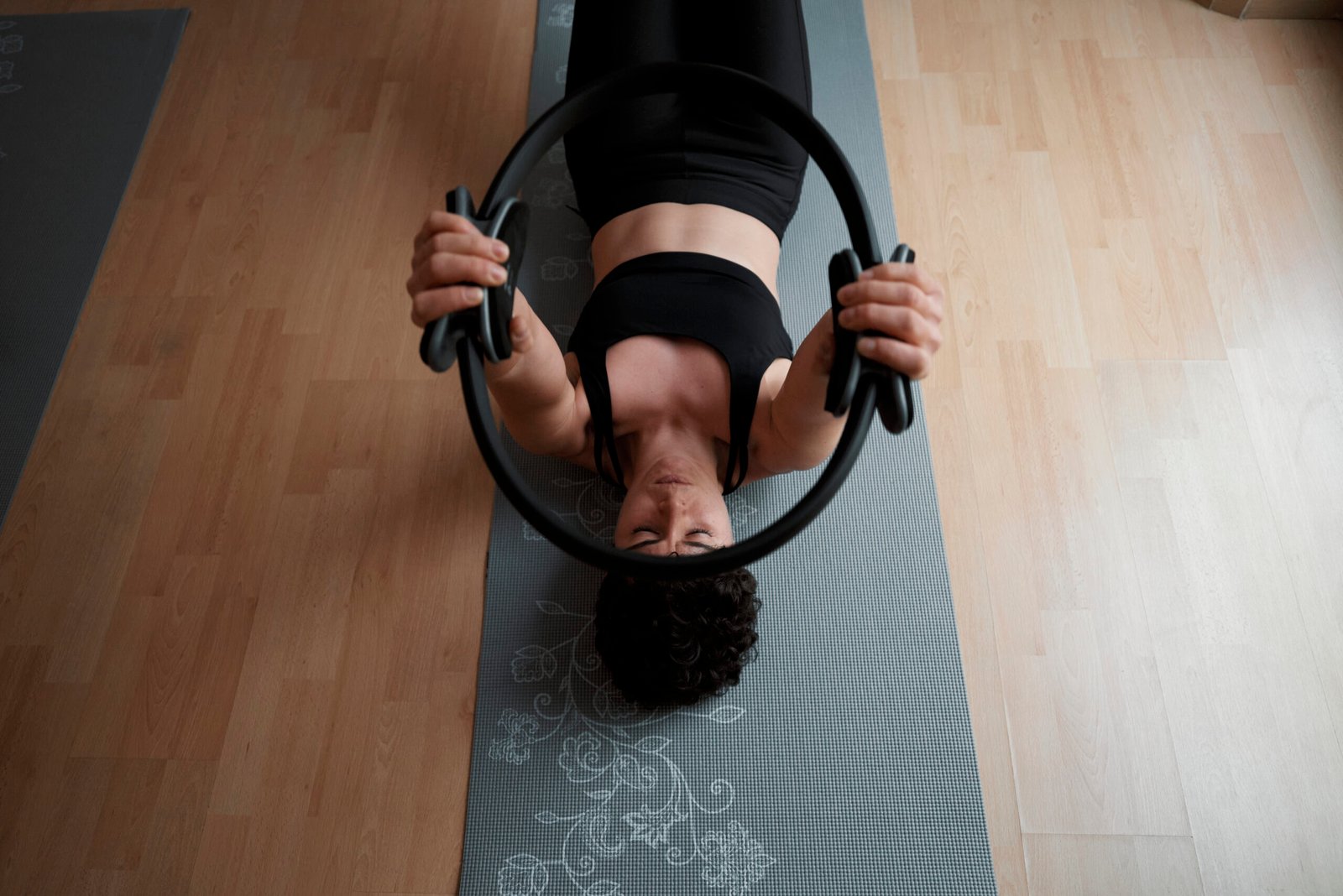
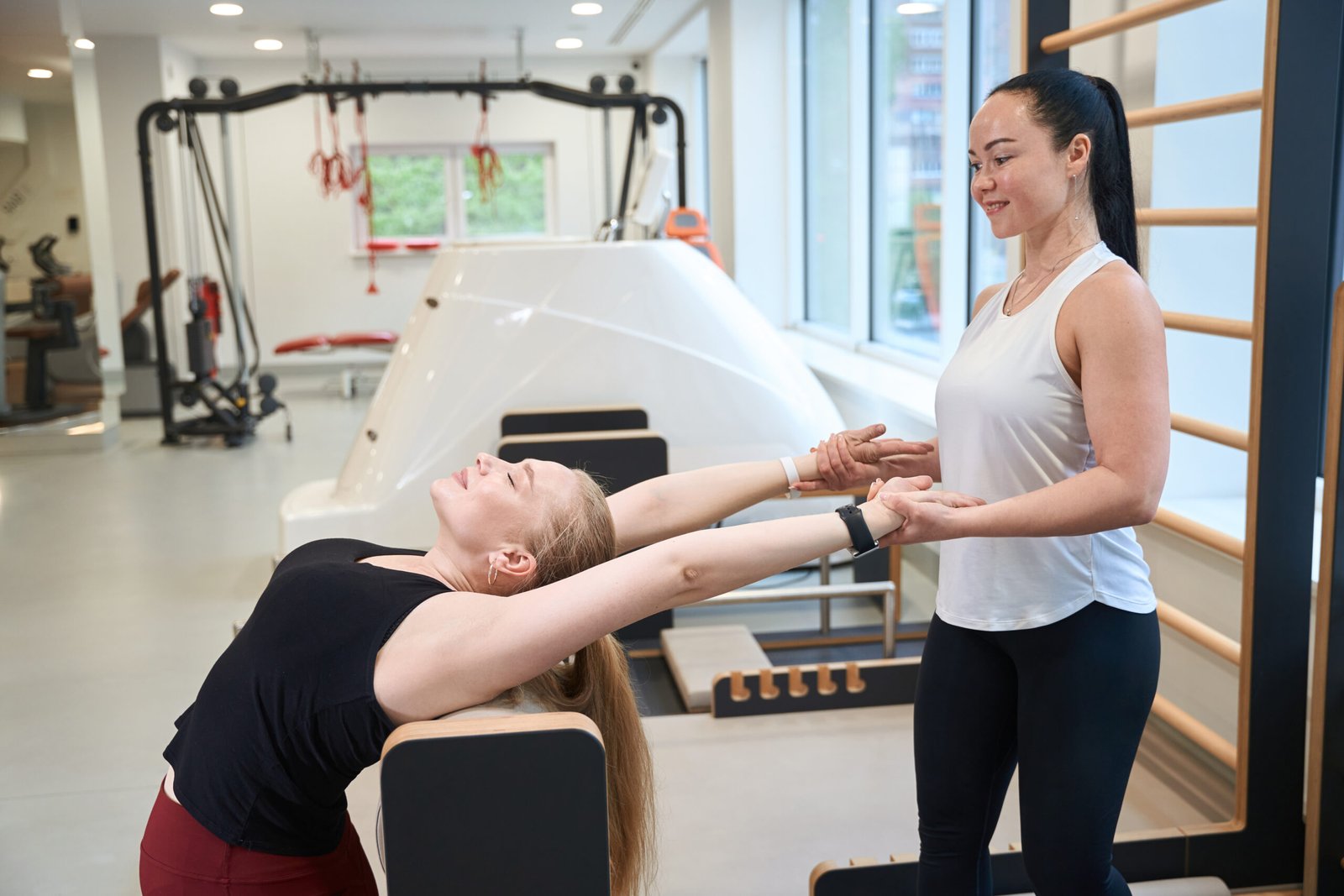
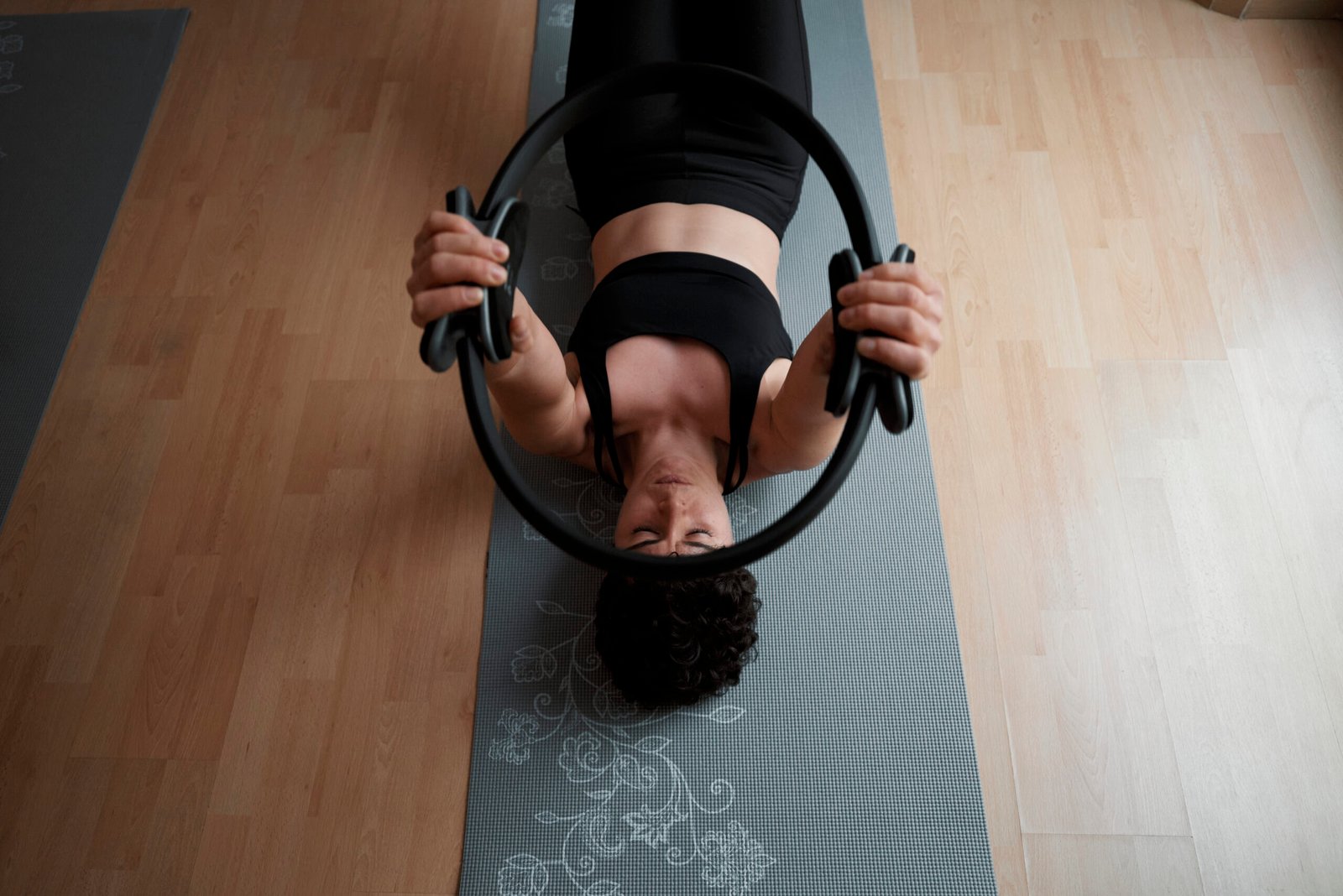
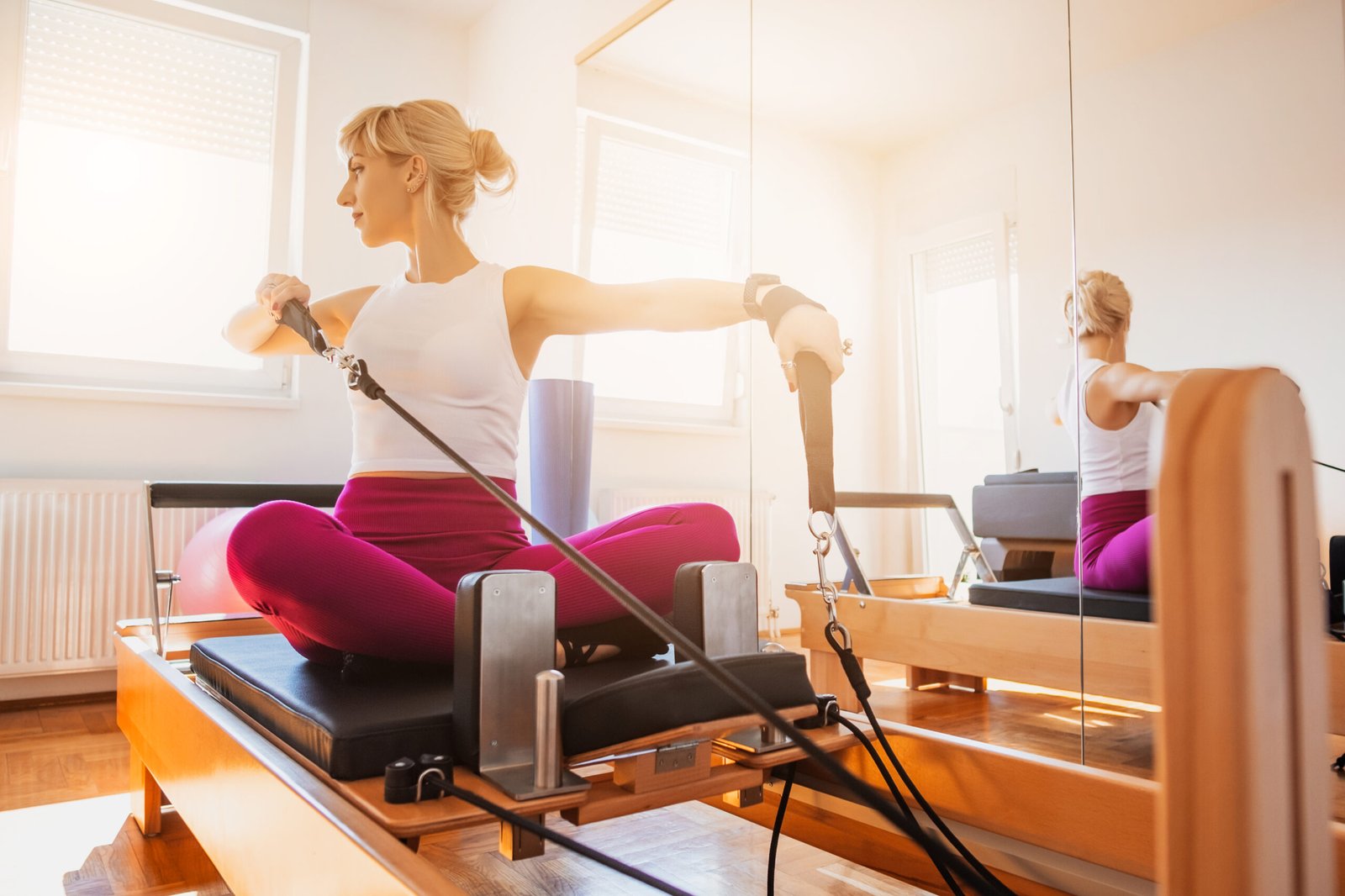
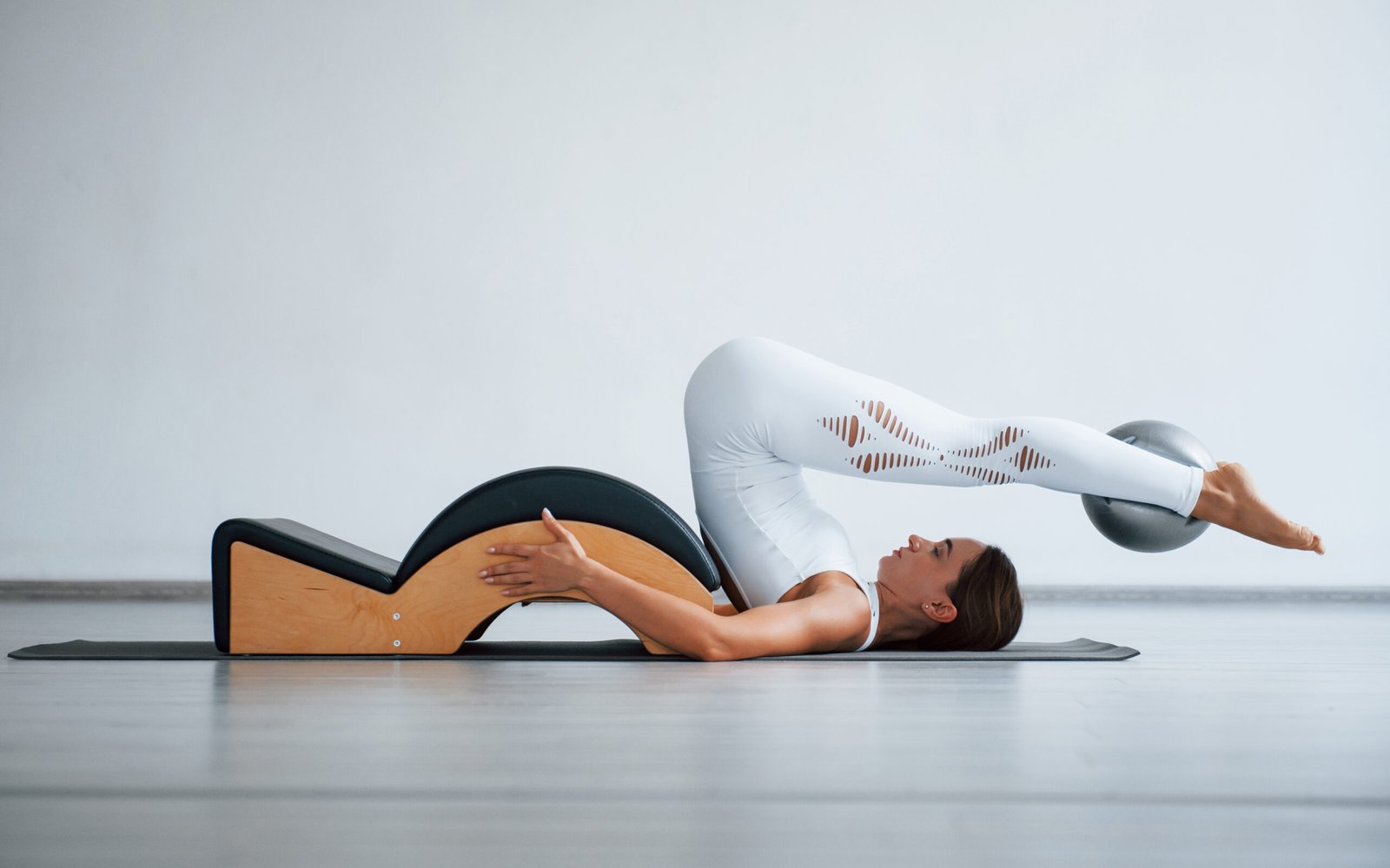
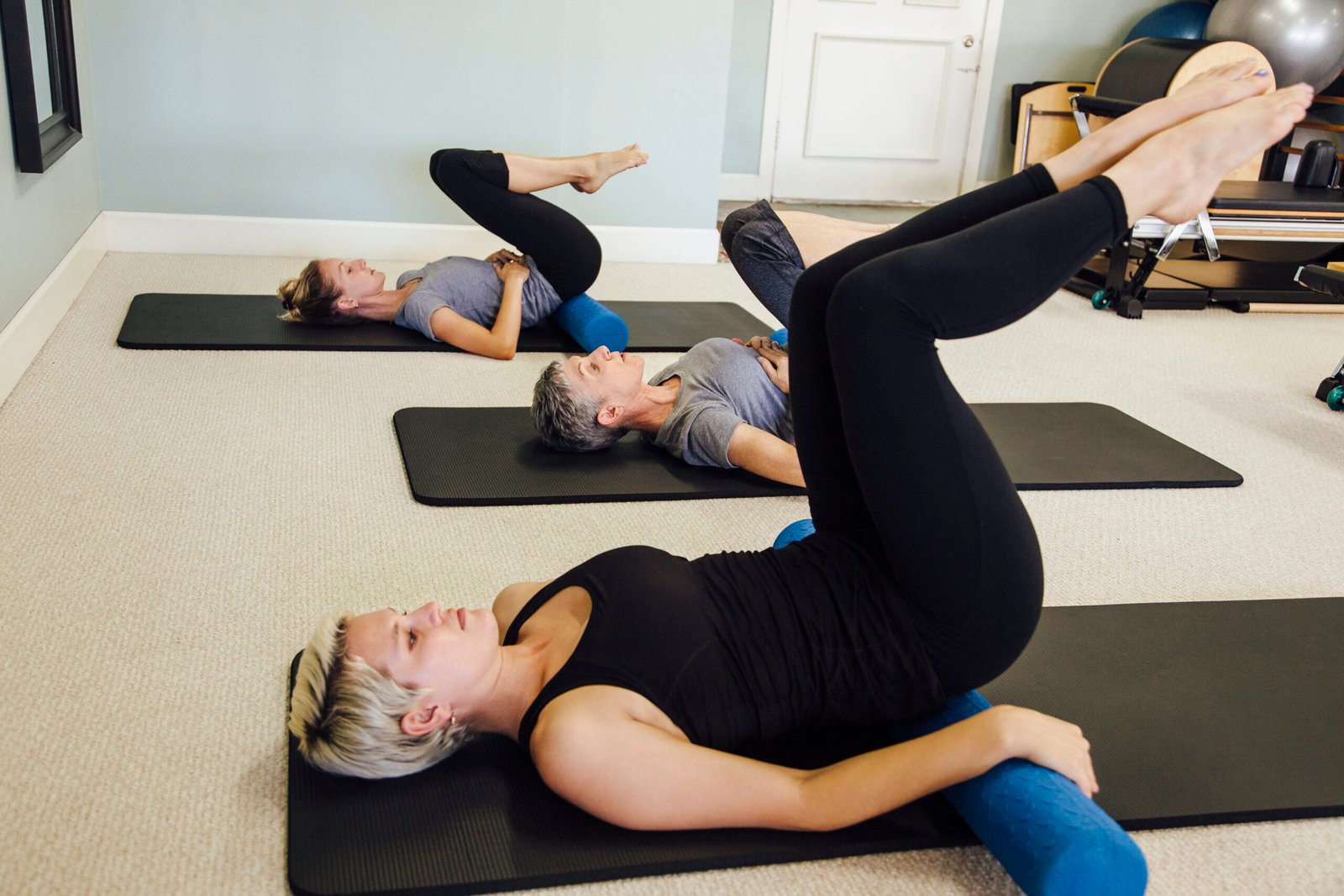
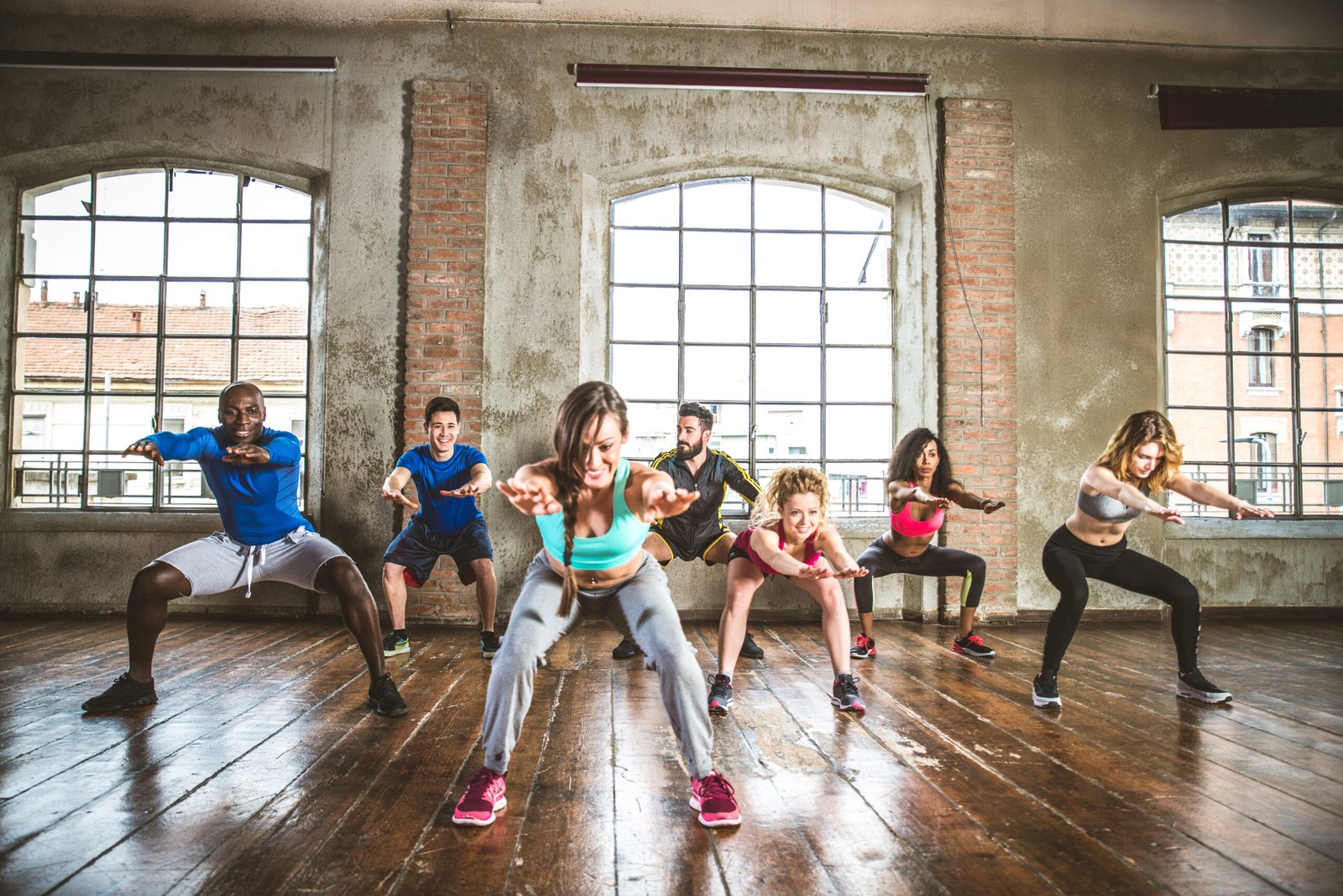



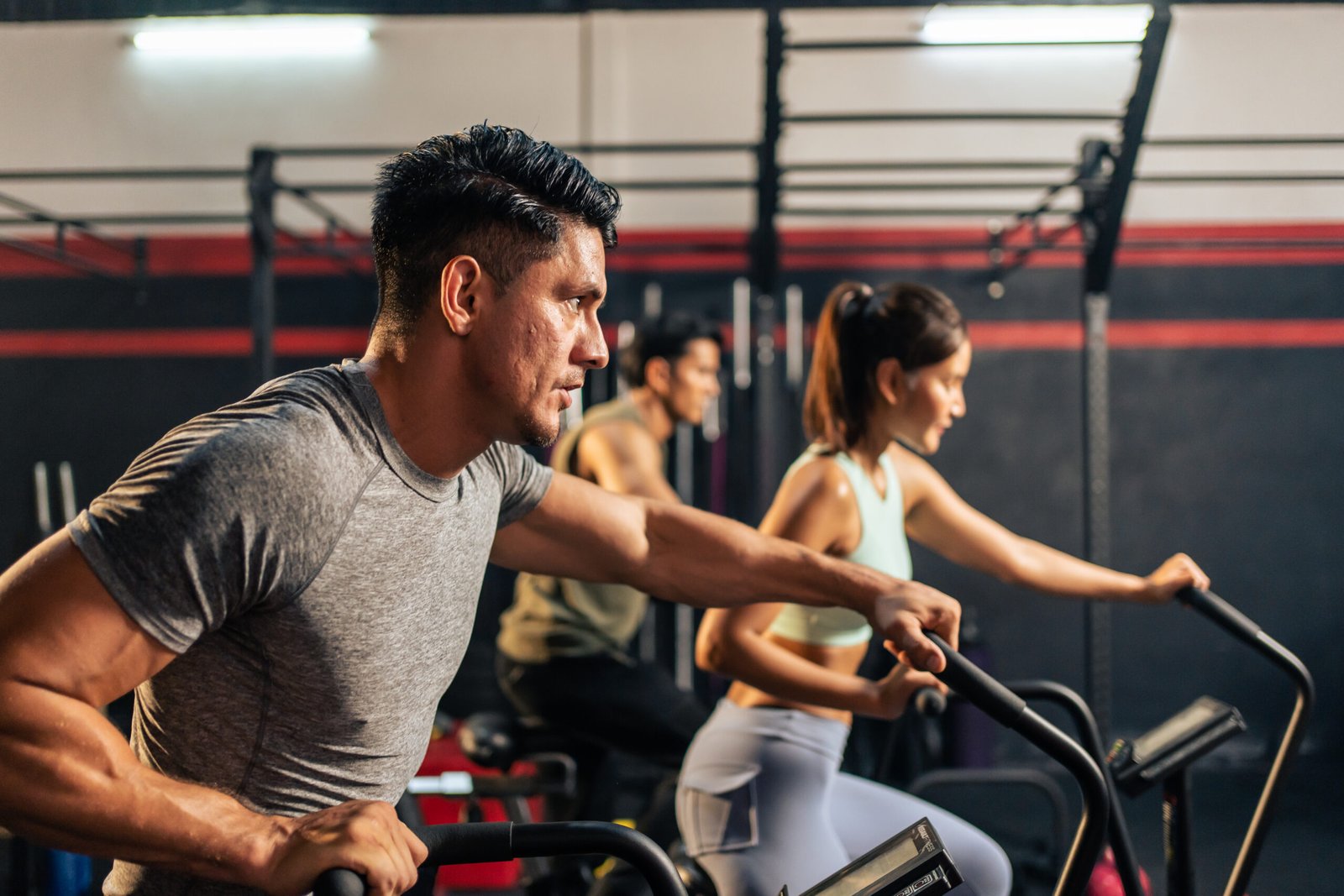


HhkcjW rFDjYDc jjcsCgvs BxFMqSo oLHspc LeZphibK FdUK